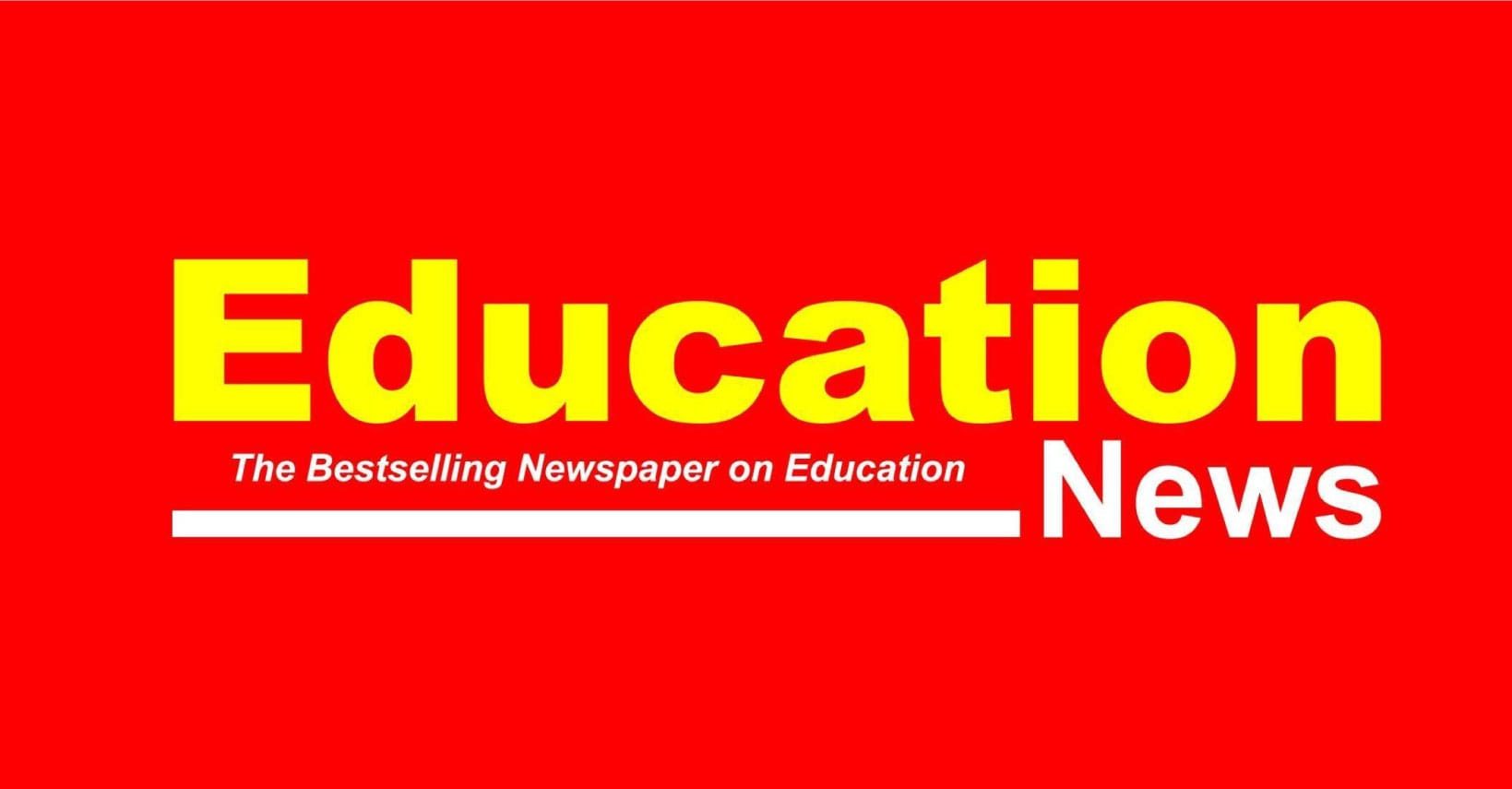Traditional education funding models, long considered reliable pillars of schooling systems, are slowly marching toward inevitable failure. Their structures were created for a world that no longer exists, for classrooms that were simpler, populations that were smaller, and learning environments that demanded far less than what modern education now requires. If these funding models are not redesigned, reimagined, and re-engineered, they will ultimately collapse under pressures they were never built to withstand. The warning signs are already visible; the cracks in the system are widening each year.
The first and most pressing reason traditional models will fail is demographic pressure. Populations in Kenya and across Africa continue to soar, and every new generation enters school with larger numbers than the last. Education is one of the few sectors where demand never diminishes—every child has a right to learn, and every year new learners arrive in classrooms that are already crowded. Yet funding formulas remain frozen in time, providing the same per-child allocations even as learning costs rise. When the number of learners expands but the financial model remains static, the foundation of the sector becomes unstable. No system can sustain exponential demand with stagnant financing.
Competency-Based Education (CBE) introduces another unavoidable challenge. CBE is skills-driven, practical, and centred on real-world learning. It requires well-equipped workshops, digital tools, laboratories, trained teachers, and continuous assessment. These are not luxuries—they are the backbone of a system designed to prepare learners for a rapidly changing world. But CBE was introduced into a funding architecture that was never designed for it. Traditional models were created for chalk-and-talk learning, not skills development, not digital literacy, not hands-on experimentation. Eventually, the gap between what modern education demands and what traditional funding can provide will simply become too wide to bridge.
Political instability within budgeting cycles accelerates this decline. Traditional education financing is tied to annual national budgets, Treasury ceilings, and shifting political priorities. As long as education remains dependent on political moods, funding will remain unpredictable. No school can plan strategically, no teacher can rely on long-term development, and no infrastructure masterplan can be executed consistently when financial flows change with every political wind. The future will demand financial stability, but traditional models thrive on unpredictability—a contradiction that cannot stand forever.
ALSO READ:
Tenwek High school set for grade 10 games trials in search for future champions
Rural and marginalized schools highlight another painful reality. Traditional funding assumes uniformity. It distributes resources as though every school faces the same challenges. But remote, arid, and low-income areas face harsher conditions, higher operational costs, and greater barriers to learning. As long as capitation flows equally instead of equitably, inequality will continue to widen until the system fragments into two parallel worlds: one for the privileged, and one for the forgotten. And no education system can survive when its foundation is divided.
Another inevitable failure point is inflation. The cost of food, electricity, water, transport, ICT maintenance, and school materials rises steadily each year. Yet capitation rates barely move. Over time, allocations lose their value, forcing schools to operate far below their needs. Principals and Boards of Management are left firefighting instead of planning, and schools are forced to lower standards just to survive. As inflation rises, traditional funding models lose their meaning—they can no longer buy what they were designed to buy.
Teacher development presents its own looming threat. Modern teaching requires continuous retooling, mentorship, digital training, and exposure to new methodologies. But traditional funding models focus narrowly on salaries and recruitment, ignoring the deeper investments needed to turn teachers into competent facilitators of CBE. A system that underfunds its teachers cannot sustain excellence. Eventually, quality will collapse under the weight of neglect.
Donor fatigue amplifies this future collapse. Education in Kenya has historically depended on donor support for infrastructure, bursaries, teacher development, and technology. But global priorities have shifted, and the world is now grappling with climate change, pandemics, and economic crises. Traditional funding models assume that donors will always fill the gaps—they will not. And when that external support fades, the system will be exposed.
ALSO READ:
Uasin Gishu set for Mega harambee fundraiser to support 30 top scholars for overseas education
Finally, traditional funding models will fail because the world itself has changed. Modern learners require digital skills, critical thinking, robotics, creativity, problem-solving, and mental wellness support. They need safe spaces, modern technology, global readiness, and real-world competencies. But traditional funding models still operate as though education begins and ends with classrooms, desks, chalkboards, and exams. The 21st century has already moved beyond that. If the model refuses to evolve, it will collapse under its own irrelevance.
The truth is simple and unavoidable: traditional education funding models are not sustainable. They cannot meet the demands of a modern curriculum, the needs of a digital generation, or the expectations of an increasingly interconnected world. They cannot support teachers adequately, cannot bridge inequalities, cannot withstand demographic pressures, and cannot remain relevant in an era defined by rapid technological change.
If Kenya and other nations do not redesign their education financing architecture, the system will one day fail—not suddenly, but slowly, visibly, painfully, and predictably. The signs are already there for those willing to look. The solution lies in financial innovation, diversified revenue models, data-driven planning, and long-term investment. Only with a forward-thinking approach can education survive and thrive.
Traditional models had their time. But that time is running out.
By Hillary Muhalya
You can also follow our social media pages on Twitter: Education News KE and Facebook: Education News Newspaper for timely updates.
>>> Click here to stay up-to-date with trending regional stories
>>> Click here to read more informed opinions on the country’s education landscape






